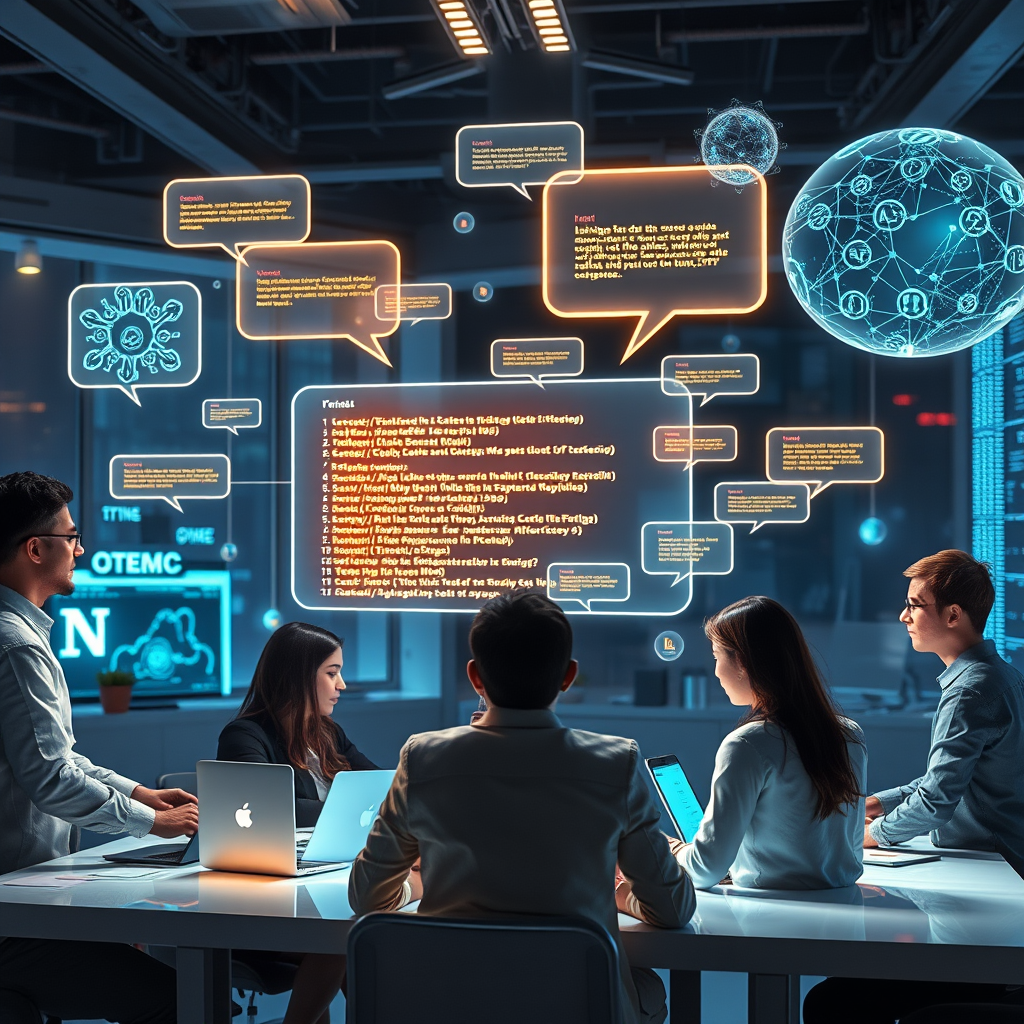
Introduction
The idea that writing code could feel as effortless as chatting with a friend has moved from speculative fiction to tangible reality with the advent of Vibe Coding. At its core, Vibe Coding harnesses the power of large language models and sophisticated natural‑language‑processing pipelines to translate conversational prompts into executable code. This paradigm shift promises to lower the barrier to entry for aspiring developers, streamline the workflow of seasoned engineers, and foster a more inclusive ecosystem where ideas can be expressed without the friction of syntax. In this post we examine the mechanics behind Vibe Coding, its implications for the broader tech landscape, and the future directions that could redefine how software is conceived and built.
Main Content
Democratizing Development
Historically, the creation of software has been gated by the need for formal training in programming languages, data structures, and algorithmic thinking. Graphical user interfaces once broke that barrier for end‑users, allowing them to interact with computers through visual metaphors. Vibe Coding is the next logical step: it replaces the need for memorizing keywords with the ability to articulate a requirement in plain language. Behind the scenes, a language model parses the user’s intent, identifies relevant APIs, and assembles code snippets that satisfy the specification. The result is a system that can generate everything from a simple “create a login form” to a more complex “implement OAuth2 authentication with JWT” based solely on a conversational prompt.
Complementing Traditional Skills
While Vibe Coding offers a powerful shortcut, it does not render traditional programming skills obsolete. Instead, it acts as an augmentation layer. Experienced developers can use the tool to prototype quickly, validate ideas, and focus on higher‑level architectural decisions that require deeper domain knowledge. Newcomers, on the other hand, can contribute meaningfully to projects by describing desired functionality and letting the AI handle the boilerplate. This symbiosis encourages collaboration across skill levels, allowing teams to iterate faster and reduce the cognitive load associated with debugging and refactoring.
Psychological and Workforce Impacts
The reduction in friction that Vibe Coding introduces has measurable psychological benefits. Traditional coding often involves trial and error, syntax errors, and a steep learning curve that can lead to frustration and burnout. By shifting the focus from memorizing syntax to articulating intent, developers experience a more natural flow of ideas. Early studies suggest that teams using AI‑assisted coding report higher job satisfaction and lower turnover rates. Moreover, the accessibility of Vibe Coding opens the door for non‑technical stakeholders—product managers, designers, and domain experts—to participate directly in the development process, fostering a culture of shared ownership and creativity.
Future Trajectories
Looking ahead, the evolution of Vibe Coding is likely to be driven by deeper contextual understanding and domain specialization. Future iterations may incorporate real‑time feedback loops that learn from a developer’s coding style, automatically refactor code, and enforce best practices. Industry‑specific platforms could emerge, such as a healthcare Vibe Coding assistant that understands medical terminology and regulatory constraints, or a finance tool that automatically generates compliance‑ready code. Integration with existing IDEs will also be crucial, allowing developers to receive suggestions and corrections inline while they type, thereby blending the power of AI with the familiarity of traditional tools.
Conclusion
Vibe Coding represents more than a new set of tools; it signals a paradigm shift in how humans interact with software creation. By translating natural language into functional code, it democratizes development, bridges skill gaps, and enhances collaboration across disciplines. The psychological benefits of reduced frustration and increased engagement hint at a future where software engineering is not just a technical pursuit but a creative, inclusive endeavor. As the technology matures, we can anticipate a wave of innovation driven by individuals who previously felt excluded from the coding conversation. The promise of Vibe Coding is that the only limits to what we can build will be the bounds of our imagination.
Call to Action
If you’re intrigued by the idea of turning conversation into code, start experimenting with the available AI‑powered coding assistants today. Whether you’re a seasoned developer looking to prototype faster or a newcomer eager to contribute, these tools can accelerate your learning curve and broaden your impact. Share your experiences, challenges, and predictions in the comments below—let’s build a community that embraces the future of intuitive software development together.
